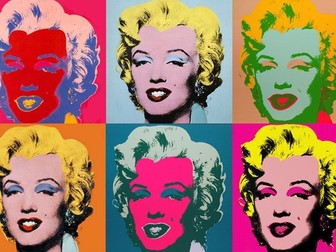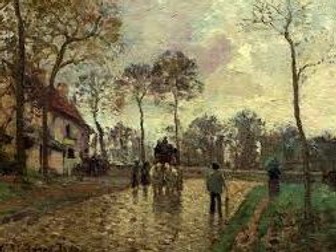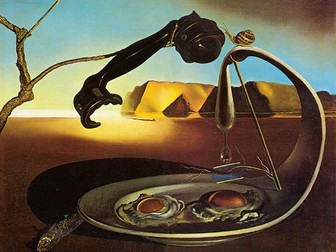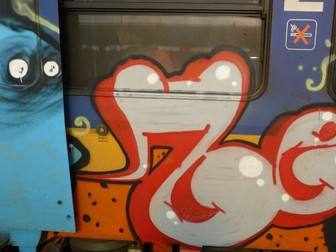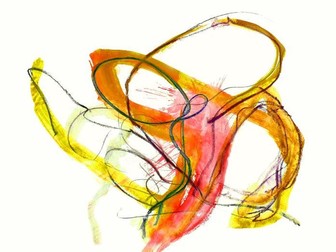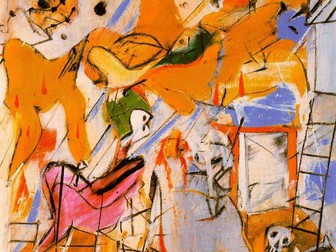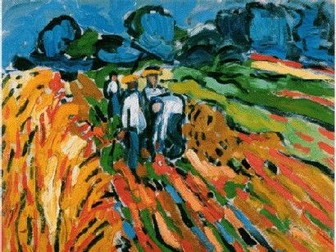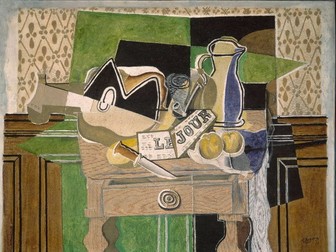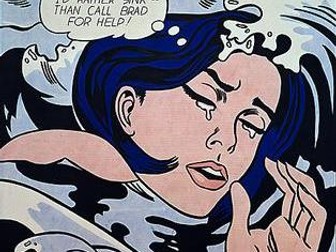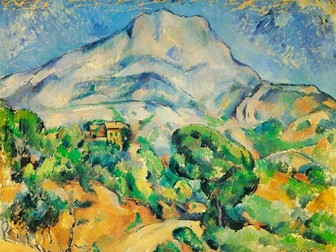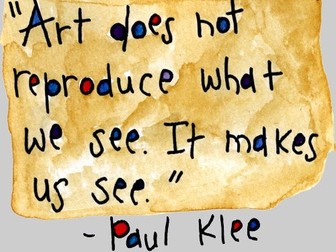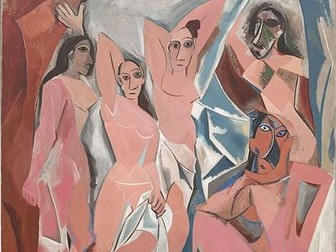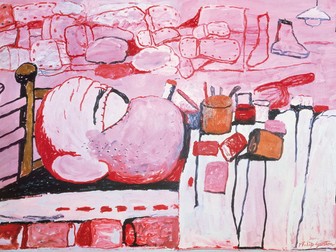Collage in print art: streets, buildings, constructions - free resource of city images
<p><strong>Collage in print art: images of buildings, streets and construction sites in the city Amsterdam, by graphic artist Hilly van Eerten</strong> - these images she created and collaged from her own photos of streets, new buildings, constructions, cranes, structures, etc - free image resource for pupils, students and art teachers.</p>
<p>Here Hilly van Eerten presents her collage art in selfmade prints which she created in the technique of monoprint. All her print art is ‘collaged’ from her own photos she made of her favourite subject, the ‘Building City’: new buildings, construction-sites, structures, cranes, broken streets in the cities like Amsterdam, New york, renovations etc… It is urban collage art, made in different picture-layers!</p>
<p>In her collages we can recognize archways, paving stones, roof tiles, building cranes, and a lot of modern and older architecture.<br />
It is simply mono-print art printed in several layers, from her own photos, made in the Dutch cities - mainly Amsterdam where she lives and works!</p>
<p>Her print art shows inspiring and instructive material for art lessons in making collages. Useful for art teachers, pupils and students, I believe. The way Hilly van Eerten is collaging her images gives visual instructions and suggestions of how to collage for children. You find here examples how to start your collage art based on own photos or on selected images from magazines or online.</p>
<p>Everybody can make collage art, because it is only ‘collaging’ you have to do with the pictures you find, like and select. For all ages!<br />
These images are free to download and to use for collaging or for making your own print-version. Permission is given by Hilly van Eerten. Please mention her artist name: Hilly van Eerten.<br />
.<br />
<strong>More print-art of Hilly van Eerten on:</strong><br />
<a href="https://hillyvaneerten.exto.org/kunstwerken.html" target="_blank" rel="nofollow">https://hillyvaneerten.exto.org/kunstwerken.html</a><br />
.<br />
editor, Fons Heijnsbroek</p>

